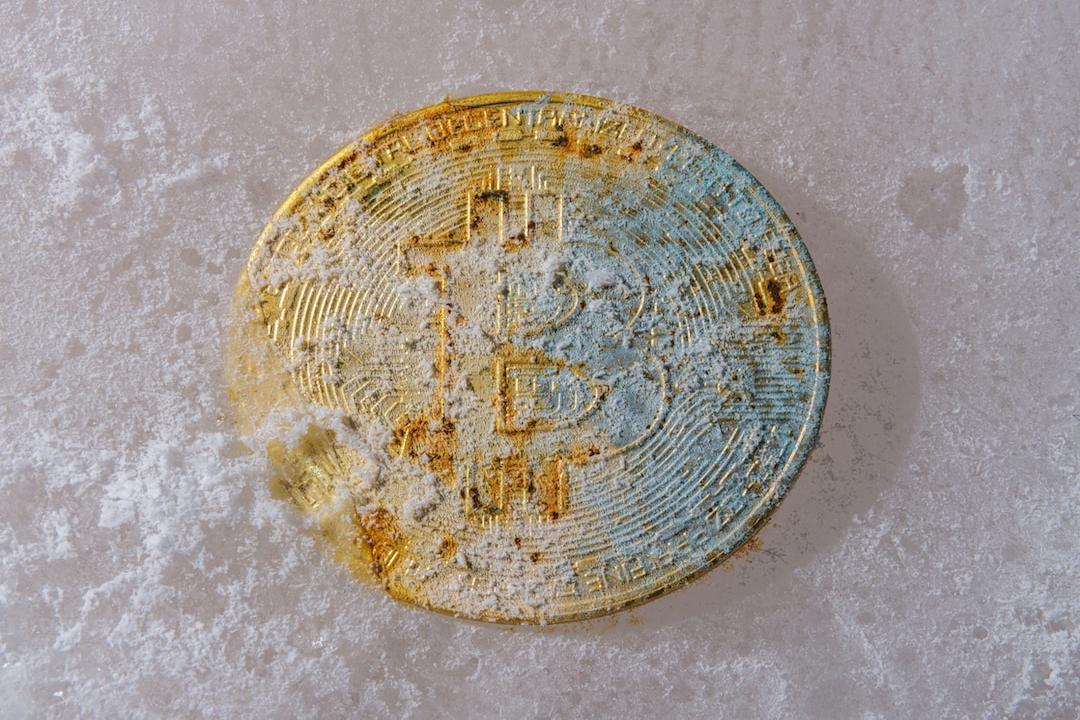Disclosure:
This article does not represent investment advice. The content and materials featured on this page are for educational purposes only.
A7A5, a ruble-pegged stablecoin launched under Kyrgyzstan’s crypto laws, has passed an independent audit confirming full fiat backing, setting a new transparency benchmark.
Table of Contents
- Ruble-pegged token with yield potential
- Early adoption and performance
- Regulatory backing and broader support
- The road ahead
Ruble-pegged token with yield potential
A7A5 launched earlier this year under Kyrgyzstan’s new digital asset framework and is issued by local company Old Vector, with regulatory approval and oversight from the Kyrgyz government. It was among the first tokens to go live under the country’s crypto legislation.
Unlike traditional stablecoins that only hold reserves, A7A5 is designed to generate yield for holders by leveraging Russia’s high interest rates. The fiat reserves earn interest at the Russian Central Bank’s refinancing rate and may be further supplemented by decentralized finance strategies.
Half of the interest income is automatically distributed to A7A5 holders daily, with no staking or user action required. Project documentation notes that 50% of interest from bank deposits is paid out within 24 hours of receipt. The rest likely supports operational costs, reserve growth, or additional yield mechanisms.
The ruble reserves are held in Russian banks that provide interest on deposits and were selected, in part, for their correspondent banking access to Kyrgyzstan, enabling smoother financial integration between the two countries.
Early adoption and performance
The token launched on Meer Exchange, Kyrgyzstan’s licensed and regulated digital asset exchange, in April. It trades in pairs against major assets, including against USDT and other stablecoins.
The listing on a fully licensed platform means A7A5 trades under oversight that meets Kyrgyzstan’s compliance standards, including KYC and AML. Naturally, this gives institutions and retail users a regulated venue to access a ruble-backed product.
According to the issuer, A7A5 will also be listed on decentralized exchanges in the near future to broaden access. If listed on decentralized platforms like Uniswap, A7A5 could reach a broader DeFi audience.
The project envisions A7A5 being used in DeFi protocols for lending, liquidity provision, and as collateral for synthetic ruble-based assets. Liquidity pools could offer users additional yield opportunities, while the token’s high returns may support carry trade strategies by pairing it with lower-yield stablecoins.
Based on audited supply figures, within weeks of launch, A7A5’s circulating supply exceeded $140 million. The demand may reflect interest from users in Russia and CIS countries seeking alternatives to USD-based stablecoins like Tether, especially after the freezing of certain Russian-linked USDT wallets.
By providing a locally linked stable token, A7A5 could serve as a bridge currency for crypto users in Russia, Central Asia, and other global markets looking to transact in something other than dollars.
Regulatory backing and broader support
Kyrgyzstan’s government introduced a comprehensive legal framework for cryptocurrency in 2022 that was refined a year later. The country has earned the status of one of the first nations in Central Asia to fully regulate crypto markets and welcome global investors.
As such, A7A5’s issuance was officially supervised by state regulators, ensuring it met all requirements for fiat backing and investor protections.
Kyrgyzstan’s crypto-friendly stance has also attracted international partners. The country’s efforts to position itself as a regional crypto hub have drawn support from influential figures such as ex-Binance CEO, Changpeng Zhao. Recently, Binance signed a memorandum of understanding with Kyrgyz authorities to assist in developing the local crypto infrastructure.
Regulatory developments in Russia could also influence A7A5’s future: while Russia’s central bank has restricted domestic cryptocurrency use for much of the population, the government is running pilot programs for cross-border crypto payments.
Russia-Kyrgyzstan diplomatic relations are strong while Russia is one of Kyrgyzstan’s leading trading partners. This relationship could, in theory, position A7A5 as a ruble-based stablecoin option for Russian enterprises if integrated into future cross-border crypto frameworks.
The road ahead
Publishing weekly reserve reports and quarterly audits is a vital step for the A7A5 team as the token grows in size and scope across global markets. Like other stablecoins, it will be closely watched for how reliably it maintains its 1:1 peg to the ruble, especially as global and Russian interest rates fluctuate.
The main challenge ahead lies in scaling liquidity and expanding use cases. Listing on both centralized and decentralized exchanges will be key to increasing A7A5’s accessibility. Integrations with lending platforms or payment networks could further establish this stablecoin’s utility beyond simple trading or DeFi speculation.
Competition in the global and non-USD stablecoin space is likely to intensify, with other BRICS nations potentially entering the arena. A7A5’s early mover advantage, supported by a crypto-friendly regulatory framework, may have placed it in a strong position to capture market share in an expanding sector.
With a credible audit now behind it, A7A5 has cleared an important trust barrier. Crypto investors, forex traders, and yield-focused users will be watching closely to see if stablecoins pegged to emerging currencies can not only survive, but thrive.
Disclosure:
This content is provided by a third party. ethdaily.net does not endorse any product mentioned on this page. Users must do their own research before taking any actions related to the company.

